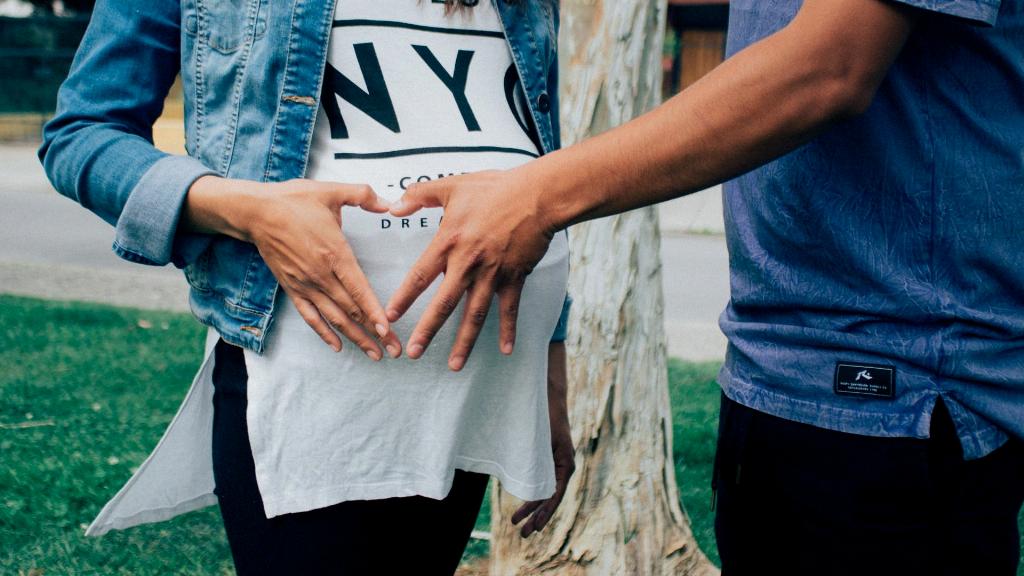When you become pregnant, your body goes through numerous changes to accommodate the growing baby inside you. For women who have a belly button piercing, this can also lead to changes in how the piercing looks and feels. The expanding belly can put pressure on the piercing, potentially causing discomfort or even leading to the hole stretching out.
It is not uncommon for pregnant women with belly button piercings to find that their piercing feels tighter as their belly grows. This tightness may be due to the skin stretching around the piercing site, causing the jewelry to become snug against the skin. In some cases, this tightness can be uncomfortable, especially as the pregnancy progresses and the belly expands further.
If you notice that your belly button piercing is becoming increasingly uncomfortable or if the hole starts to stretch out, it may be advisable to remove the belly ring. This can help alleviate any discomfort and prevent any further stretching or tearing of the skin around the piercing site. However, if you do choose to remove the belly ring, you can always opt to re-pierce it after giving birth.
One common occurrence during pregnancy is the “belly button pop.” As the belly expands to accommodate the growing baby, some women may notice that their belly button protrudes outward. This can further impact a belly button piercing, potentially causing the jewelry to shift or become more prominent. In such cases, it is essential to pay attention to how the piercing is reacting to the changes in your body.
During pregnancy, it is essential to prioritize your comfort and well-being. If you find that your belly button piercing is causing you discomfort or irritation, it may be best to remove the jewelry temporarily. By doing so, you can reduce the risk of complications such as infection or tearing of the skin around the piercing hole.
After giving birth, it is common for women to want to re-pierce their belly button once they have fully recovered. However, it is essential to wait until your body has healed entirely before considering re-piercing. This can help prevent any complications and ensure that the piercing process goes smoothly.
When re-piercing your belly button after pregnancy, it is crucial to choose a reputable piercer who adheres to strict hygiene practices. Ensure that the piercing studio follows proper sterilization techniques and uses high-quality jewelry to reduce the risk of infections. By taking these precautions, you can enjoy your belly button piercing post-pregnancy safely.
It is essential to listen to your body and monitor how your belly button piercing responds to the changes during and after pregnancy. If you experience any signs of infection, such as redness, swelling, or discharge, seek medical attention promptly. Proper care and attention can help ensure that your belly button piercing remains healthy and free from complications.
Ultimately, the impact of pregnancy on a belly button piercing can vary from person to person. Some women may experience minimal changes, while others may find that their piercing requires removal due to discomfort or stretching. By staying attuned to your body and practicing proper care, you can navigate the journey of pregnancy with your belly button piercing in mind.

